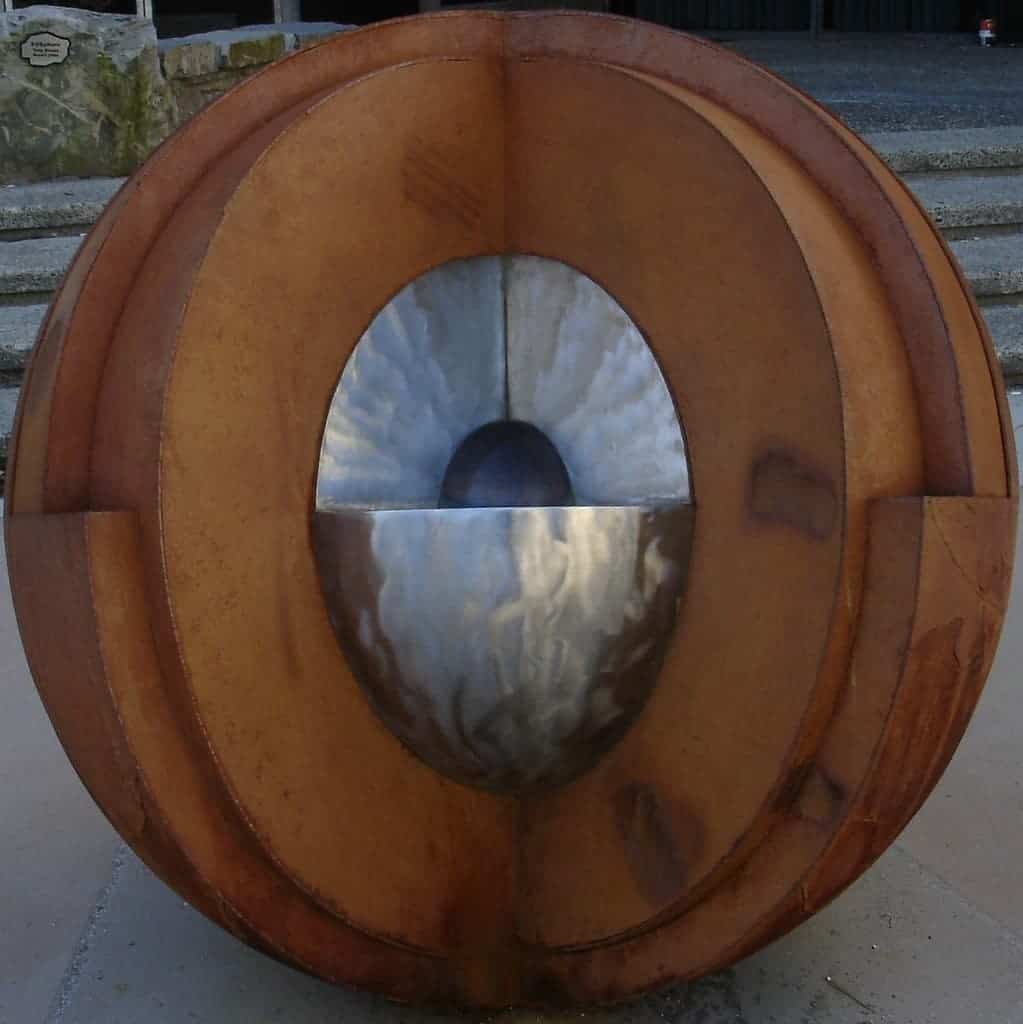Christmas is just around the corner, and with it, inevitably, come songs of “let it snow”. This particular carol is also relevant at the Earth’s core, a new study shows. According to the findings, iron snow blankets our planet’s internal core year-round.

Extreme pressure and heat don’t rule out snow, it seems, but it does make it more metal. Particles of iron that form in the Earth’s outer core ‘snow down’ on top of the inner core, a new study reports, and pile up in layers up to 200 miles thick.
The Earth’s inner core is hot, under immense pressure and snow-capped, according to new research that could help scientists better understand forces that affect the entire planet.
The snow is made of tiny particles of iron — much heavier than any snowflake on Earth’s surface — that fall from the molten outer core and pile on top of the inner core, creating piles up to 200 miles thick that cover the inner core. The findings could help explain anomalies seen in geophysical systems and improve our understanding of the processes taking place in the heart of our planet.
Inside knowledge
“The Earth’s metallic core works like a magma chamber that we know better of in the crust,” said Jung-Fu Lin, a professor in the Jackson School of Geosciences at The University of Texas at Austin and a co-author of the study.
Since the Earth’s interior is a tad inaccessible to us, researchers use seismic waves to investigate its structure and behavior. We know how seismic waves act in different contexts from experiments done on the surface, so we can estimate how they will behave inside the planet based on our current models of Earth’s structure. Whenever we see something that doesn’t go according to our predictions, it’s a good sign that our model was wrong — and we update it to fit the results.
One area where our predictions didn’t match results is at the boundary between the outer and inner core. Seismic waves move more slowly through this area than we expected, and move faster than we thought they would through the eastern hemisphere of the topmost inner core.
The study proposes that the layers of ‘iron snow’ that form on the core can explain the results. The existence of this slurry-like layer has been suggested since the early 1960s, but the data needed to support this view proved elusive.
In the study, Zhang and his team explain that crystallization was possible in this layer of the Earth and that about 15% of the lowermost outer core could be made up of iron-based crystals. It’s these crystals that fall down and settle onto the liquid inner core like a blanket of snow. This build-up is the cause of the anomalous seismic readings in the area, they add.
“It’s sort of a bizarre thing to think about,” said Nick Dygert, an assistant professor at the University of Tennessee who co-authored the study. “You have crystals within the outer core snowing down onto the inner core over a distance of several hundred kilometers.”
Seismic waves move faster through denser material — and the slurry-like coating of iron crystals slows them down. Because there is a variation in the thickness of these deposits around the inner core, with the eastern hemisphere showing thinner packs, seismic wave speed isn’t constant throughout the boundary.
“The inner-core boundary is not a simple and smooth surface, which may affect the thermal conduction and the convections of the core,” Zhang said.
The Earth’s core is the lynchpin in phenomena that affect the planet as a whole, from supplying the heat that drives plate tectonics to the generation of its magnetic field. Better understanding its structure and properties can help us make better sense of the processes it partakes in — and of other planets as well.
The paper “Fe Alloy Slurry and a Compacting Cumulate Pile Across Earth’s Inner‐Core Boundary” has been published in the Journal of Geophysical Research: Solid Earth.


